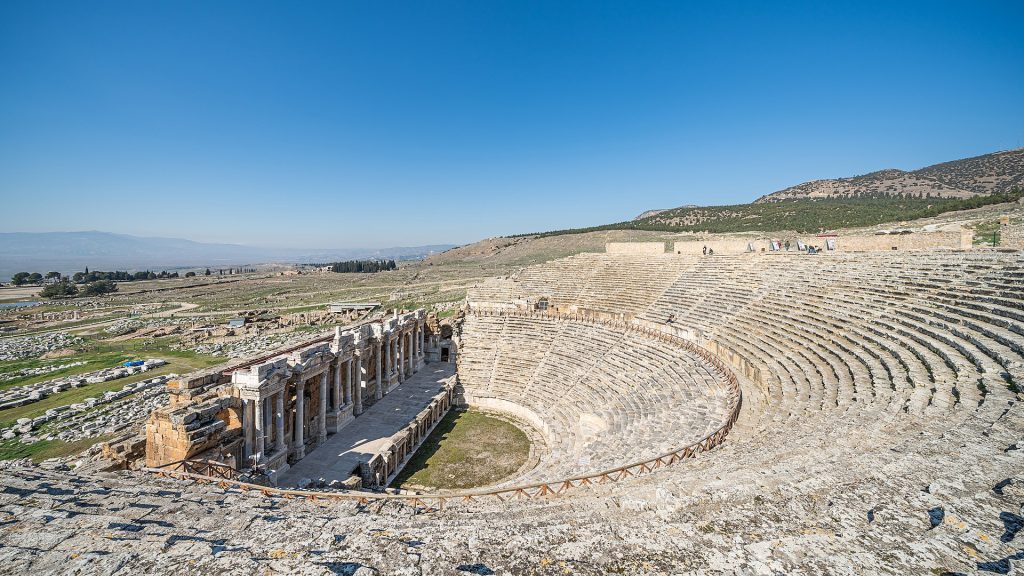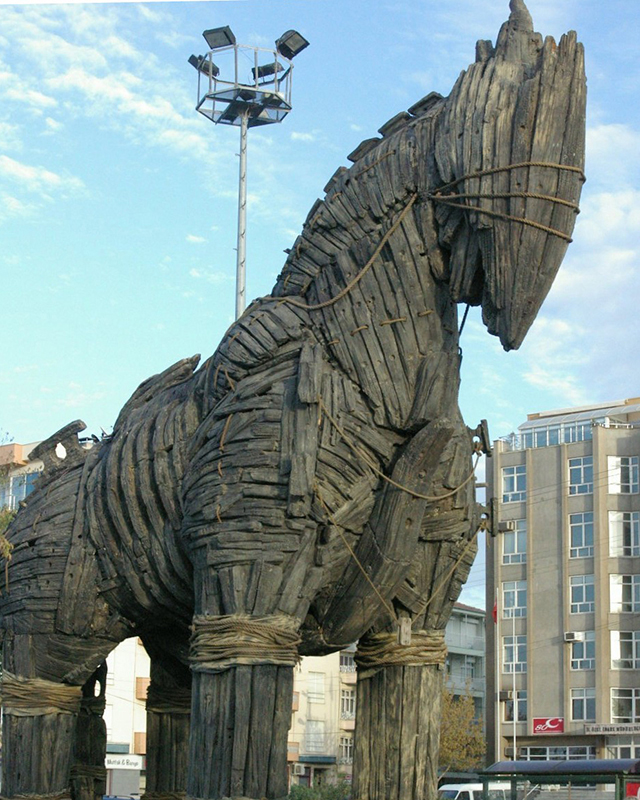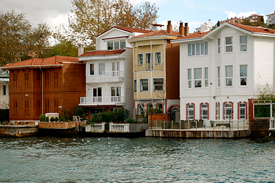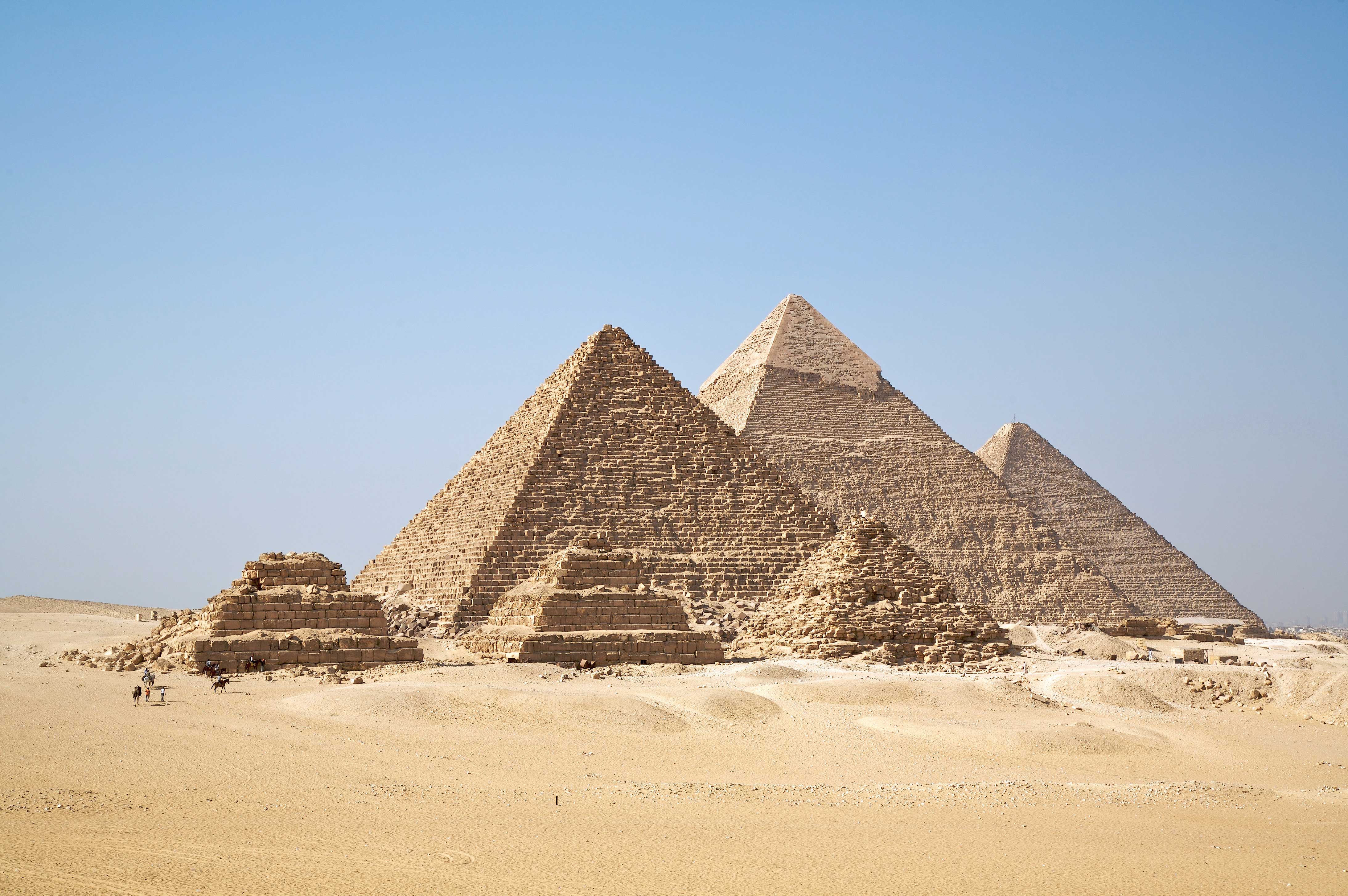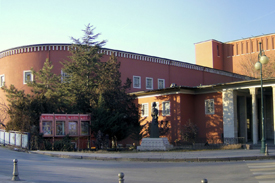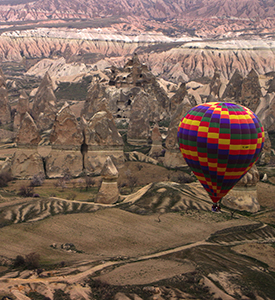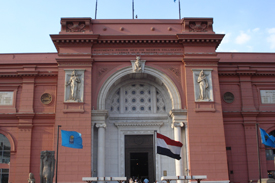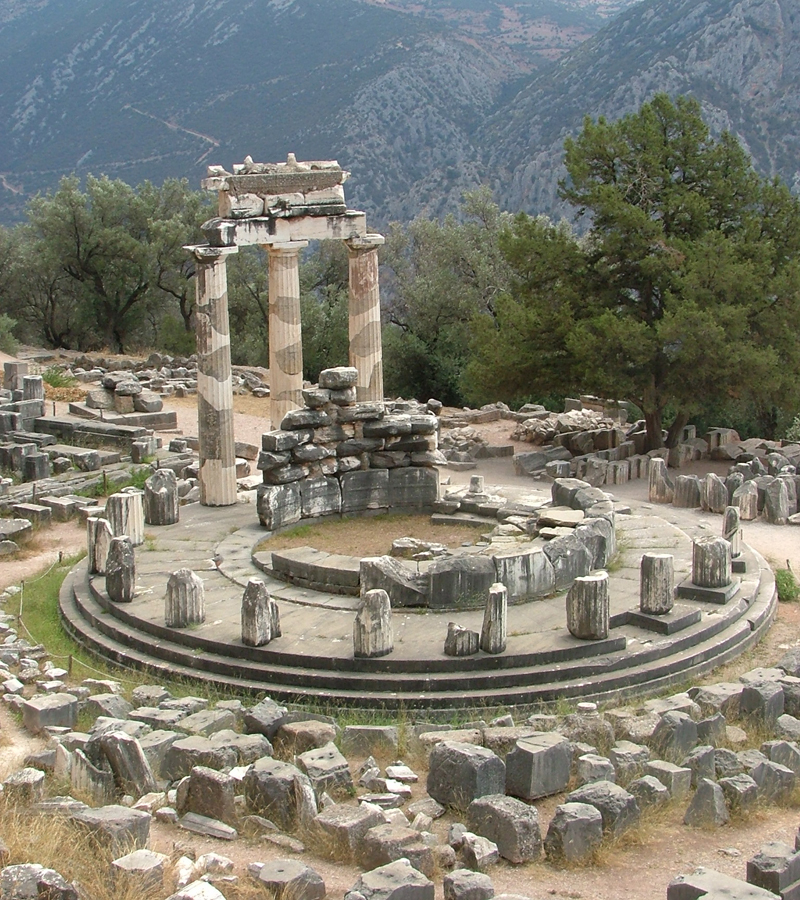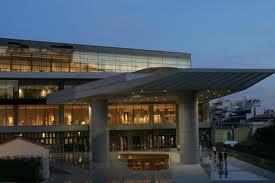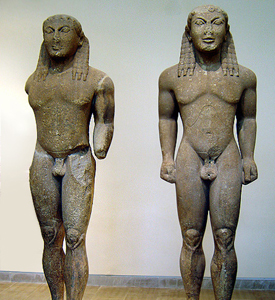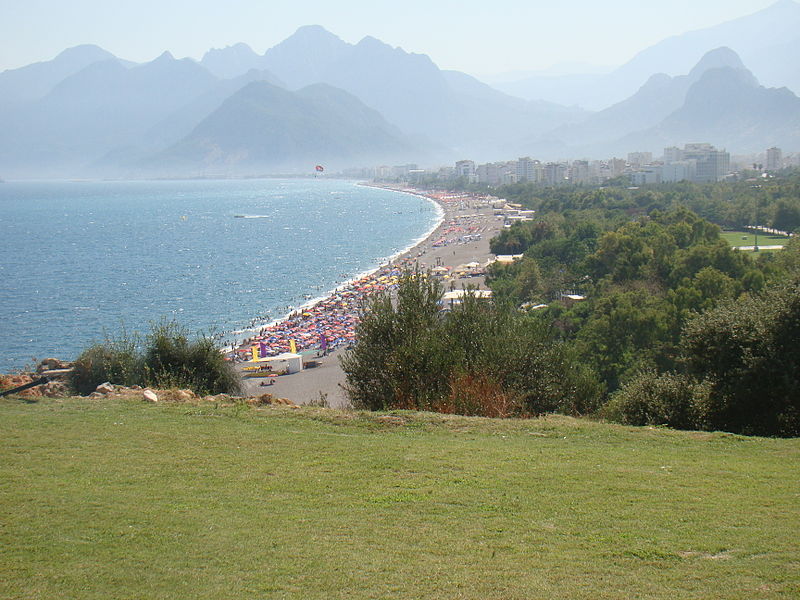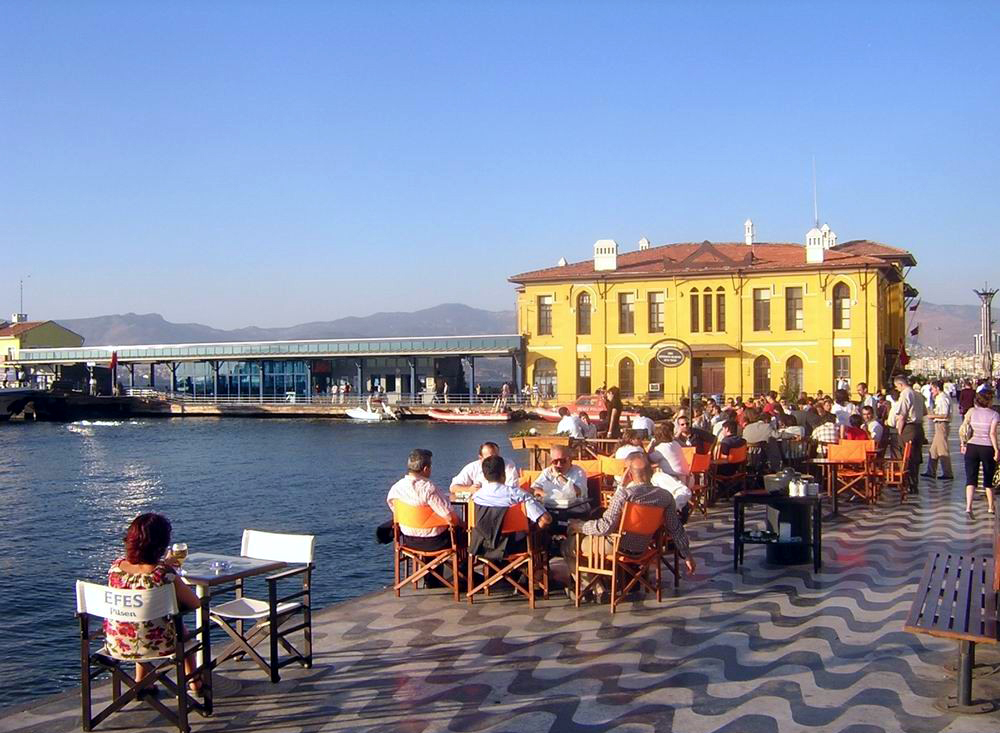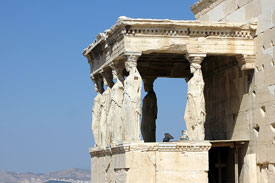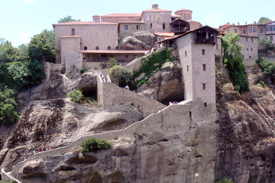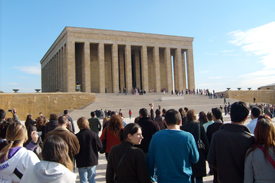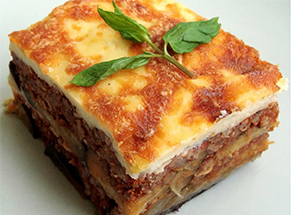
Welcome to a flavorful journey exploring the intricate relationship between Greek and Turkish cuisines. Nestled at the crossroads of Europe and Asia, Greece and Turkey share more than just geographical proximity. They boast a rich, intertwined culinary history shaped by centuries of cultural exchange. From the bustling markets of Istanbul to the sun-drenched islands of Greece, we’ll uncover the shared ingredients, cooking techniques, and dishes that define and distinguish these two cuisines.
Historical Ties and Culinary Exchanges
The historical ties between Greek and Turkish cuisines are as rich as they are complex, rooted deeply in the past. During the expansive era of the Ottoman Empire, culinary practices flowed seamlessly across what is now modern-day Greece and Turkey, facilitating a significant exchange of ingredients and cooking techniques. This period saw the birth of numerous dishes that are today staples in both cultures, albeit with distinct regional twists.
Trade and migration played crucial roles in this culinary intermingling. For instance, spices from the East found their way into Greek kitchens, while Turkish cuisine adopted Greek olives and cheese. These historical exchanges have left a lasting imprint, creating a shared culinary heritage that continues to evolve and inspire.

Common Ingredients, Diverse Flavors
Though separated by a narrow sea, the kitchens of Greece and Turkey are united by a plethora of common ingredients, each manipulated to produce diverse and distinct flavors.
Olive oil, a liquid gold in both cuisines, is used in varying quantities and for different purposes – from Greek salads to Turkish stews. Similarly, lamb is central to both culinary traditions. It is often roasted in Greek dishes, while in Turkish cuisine, it’s more commonly ground for kebabs. Yogurt, another staple, varies from the thick, creamy Greek variety to the thinner, tangier Turkish version, each serving unique roles in their respective food cultures.
For every passionate foodie, exploring these ingredients in Greek and Turkish dishes reveals a fascinating juxtaposition of similarity in base yet diversity in expression. As a result, it offers a glimpse into the subtle artistry that defines these rich cuisines.
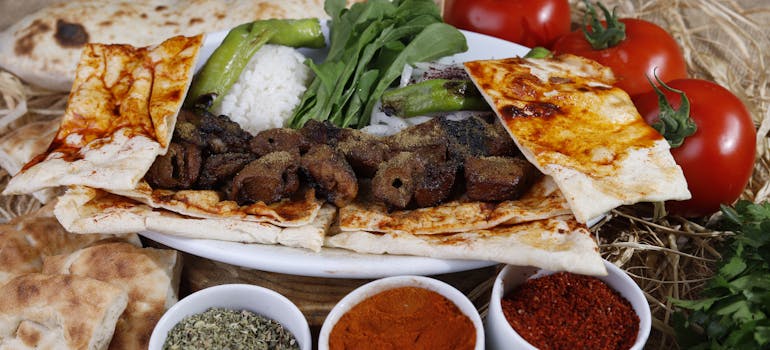
A Tale of Two Mezes: Similarities and Differences
Meze, the delightful array of appetizers that grace tables in Greece and Turkey, offers a fascinating study of culinary similarities and differences. In Greece, mezes often include olives, feta cheese, and tzatziki, served alongside fresh bread or pita. While echoing these elements, Turkish mezes might also feature more spiced and aromatic dishes like ezme and stuffed grape leaves.
Both cuisines use meze to complement main dishes, but there’s a subtle art in their presentation and consumption. Greek meze tends to lean towards fresh, lighter flavors, reflecting the Mediterranean ethos. On the other hand, Turkish meze often incorporates more complex spices, showcasing the influence of the broader Middle Eastern palate. Either way, meze is a perfect starter for exploring the rich culinary landscapes of Greece and Turkey.
Street Food: A Delicious Intersection

Street food is a vibrant and essential part of both Greek and Turkish cultures. It is where flavors mingle and culinary traditions meet. The gyro, a pita bread wrapped around grilled meat, often pork or chicken, topped with sauces and fresh vegetables, reigns supreme in Greece. This dish epitomizes a budget-friendly Greek adventure, offering a hearty and flavorful meal on the go.
Across the Aegean, in Turkey, the kebab takes a similar form but with distinct variations – skewered and grilled lamb or beef, often served with rice or in a wrap. Both these street food staples reflect the everyday life and preferences of the locals, embodying the essence of quick, satisfying meals. While they differ in ingredients and preparation, gyros and kebabs symbolize the shared love for food that is both accessible and deeply rooted in the culinary history of Greece and Turkey.
Modern Fusion: Greek and Turkish Cuisines in Today’s World
In today’s globalized world, Greek and Turkish cuisines are experiencing an exciting phase of modern fusion as contemporary chefs blend traditional flavors with new influences. Restaurants across the globe now serve dishes that marry Greek freshness with Turkish richness, transcending geographical boundaries.
This culinary fusion is further enhanced by international moves and the melting pot of globalization. For instance, someone moving from Virginia to Greece might bring with them a palate accustomed to American flavors, potentially infusing Greek and Turkish dishes with a unique twist. This could mean experimenting with bolder spices in a traditional moussaka or introducing a smoky flavor to kebabs.
Of course, if you’re planning to make Greece your home and move all the way from Virginia, make sure to reach out to international movers. But it’s not just your belongings that make the journey. You also bring the potential to contribute to and enrich the culinary landscape of your new home. By weaving in your own experiences and tastes, you become a culinary adventurer, adding your unique flavor to the rich tapestry of Greek and Turkish cuisines.
Sweet Endings: Shared Dessert Traditions

If you think there’s something we haven’t mentioned yet, you’re right. We’ve left the best (and sweetest) for last! Greek and Turkish cuisines converge in a sweet symphony of shared traditions, each with its unique twist. Take baklava, for instance: this flaky, nut-filled pastry, drenched in syrup, is a staple in both cultures. However, the Greek version often uses honey and walnuts, while the Turkish variety might feature pistachios and a lighter syrup.
This divergence extends to other desserts as well. Greek cuisine boasts desserts like galaktoboureko, a creamy, custard-filled phyllo pie. In contrast, Turkish delights like künefe, a cheese-based dessert with shredded kadayif, offer a different but equally compelling experience. Spices like cinnamon and clove also vary, adding distinct aromatic touches. So, whether traveling solo or with friends, don’t miss out on indulging in these delightful desserts. That way, you’ll get a true taste of Greek and Turkish culinary heritage.
Savor the Shared Flavors!
The deep connection between Greek and Turkish cuisines showcases a remarkable culinary interplay. Understanding and appreciating the cultural context behind these dishes enhances our dining experience. As we explore and enjoy the rich flavors of Greek and Turkish dishes, we are reminded of the power of food to transcend boundaries. It brings together different cultures and histories in a harmonious blend of taste and tradition.
Photos used:
